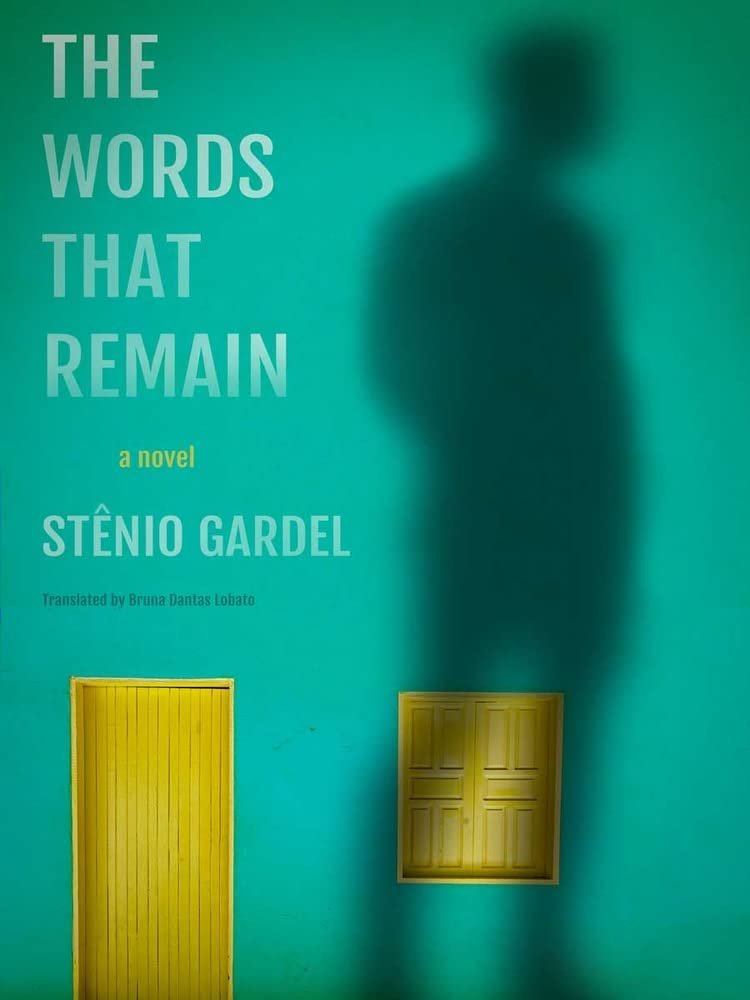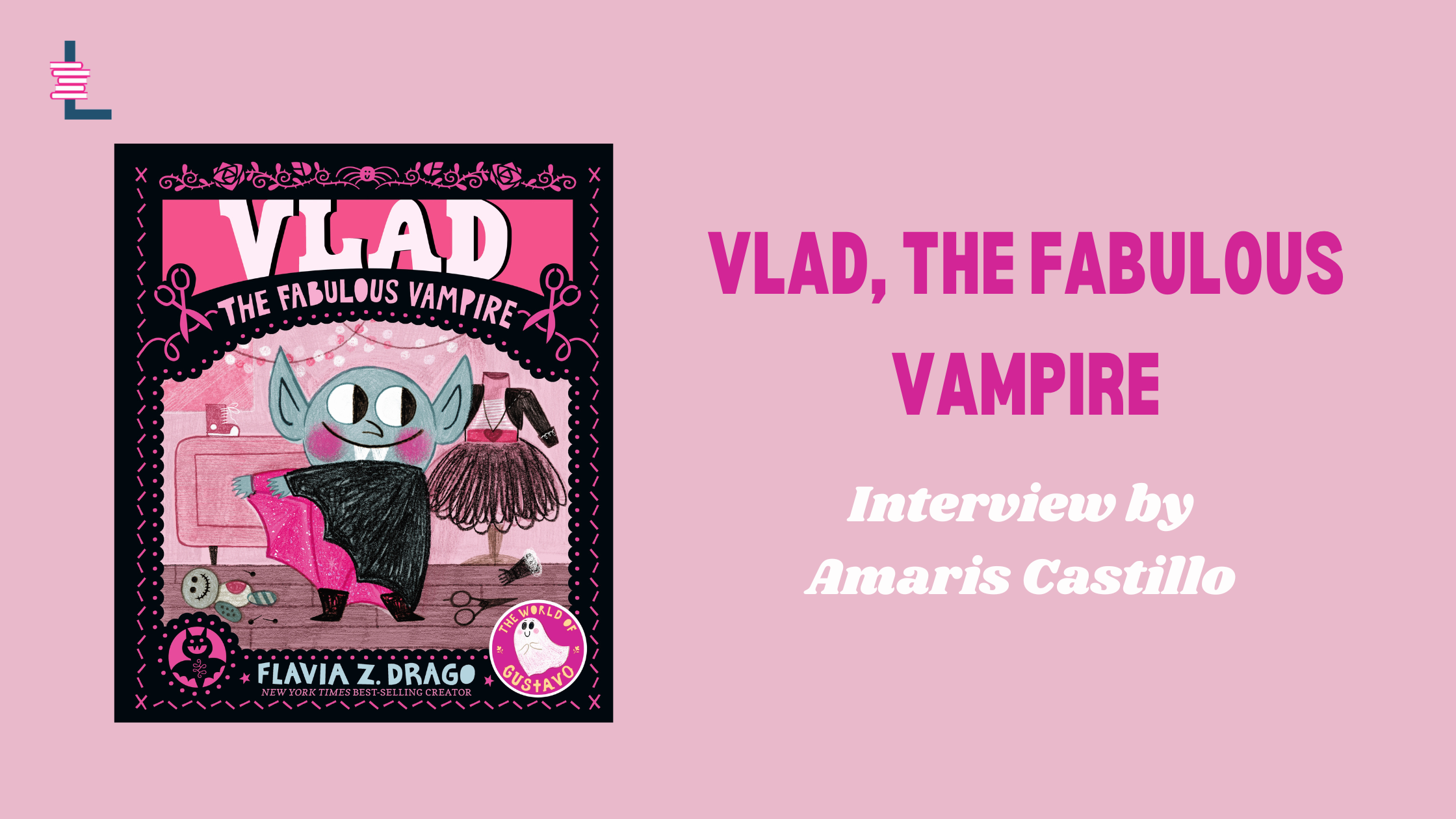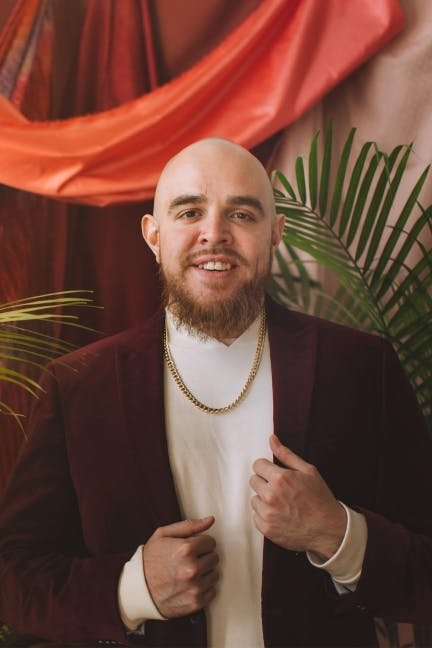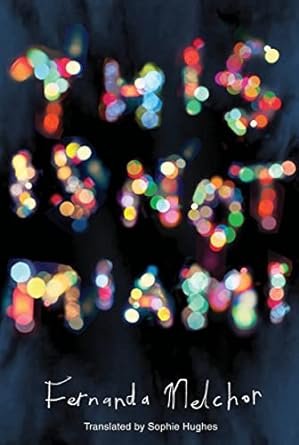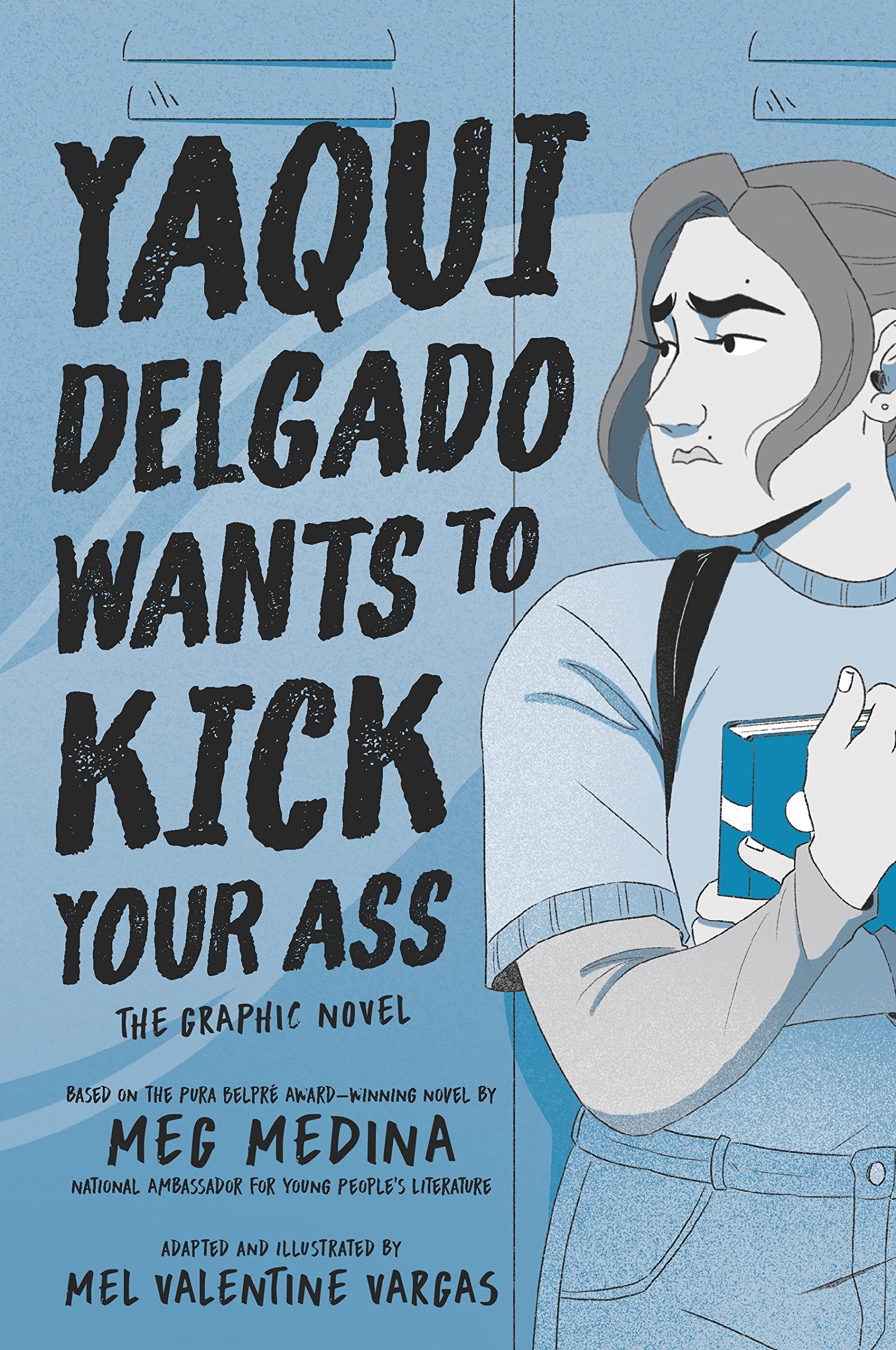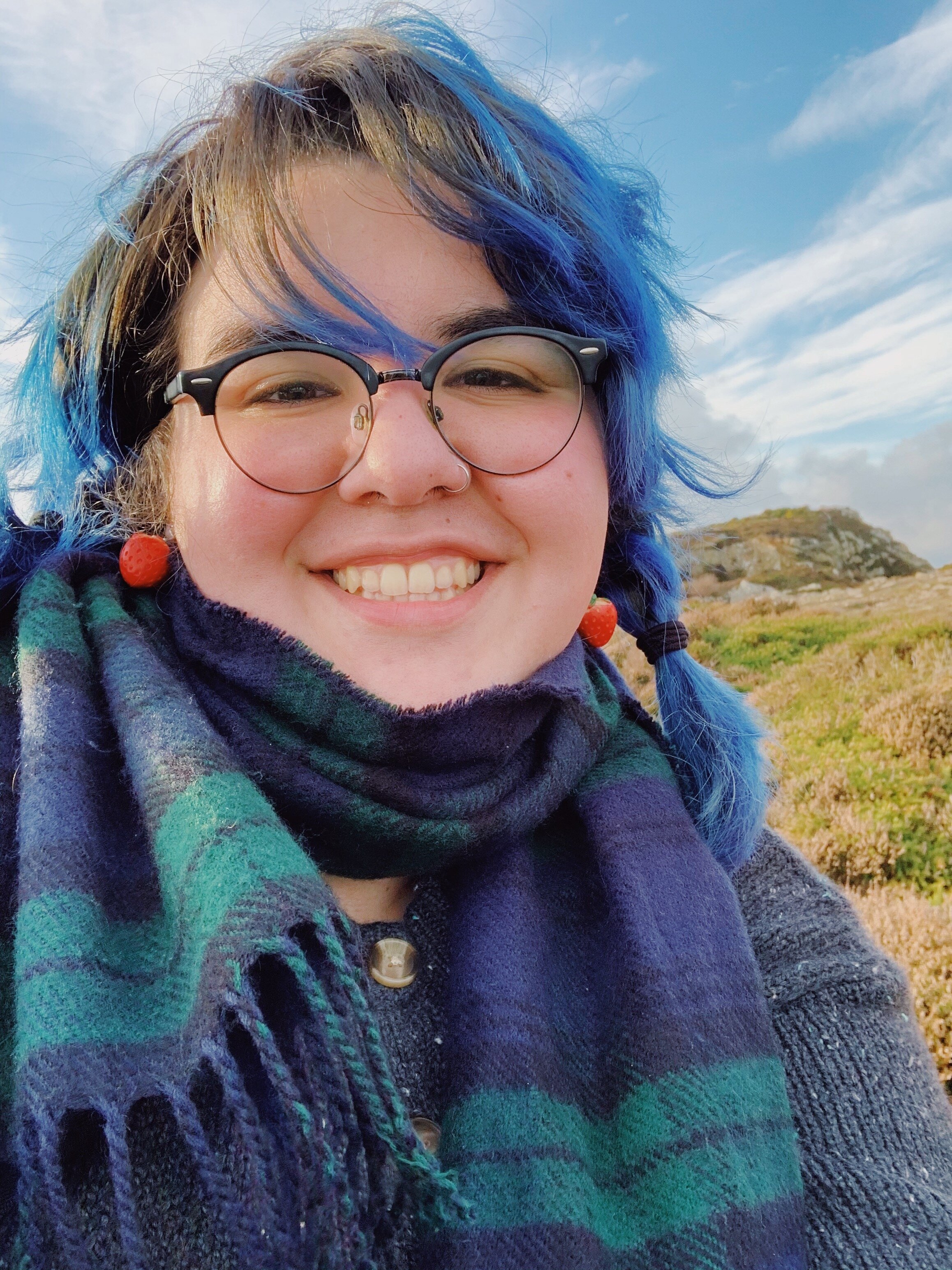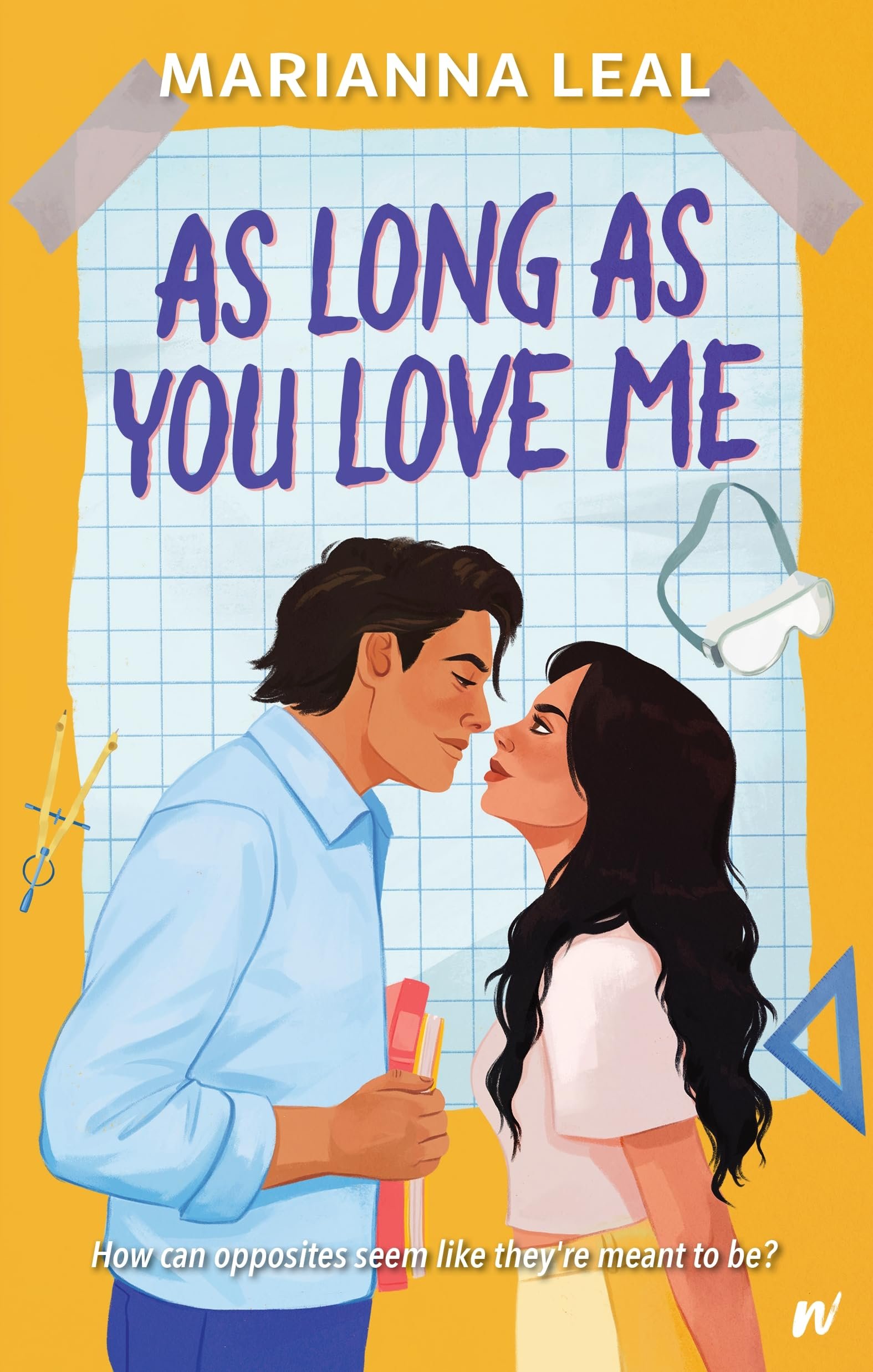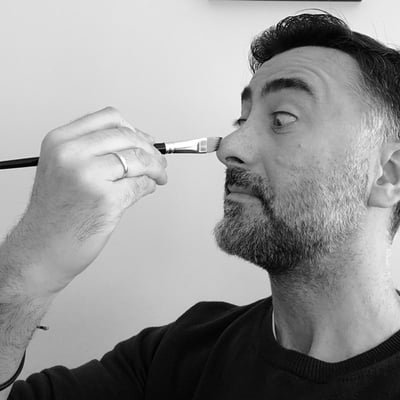FICTION FINALIST
Blackouts by Justin Torres
Farrar, Straus and Giroux / Macmillan Publishers
A book about storytelling—its legacies, dangers, delights, and potential for change—and a bold exploration of form, art, and love, Justin Torres's Blackouts uses fiction to see through the inventions of history and narrative. A marvel of creative imagination, it draws on testimony, photographs, illustrations, and a range of influences as it insists that we look long and steadily at what we have inherited and what we have made—a world full of ghostly shadows and flashing moments of truth. A reclamation of ransacked history, a celebration of defiance, and a transformative encounter, Blackouts mines the stories that have been kept from us and brings them into the light.
NONFICTION FINALIST
Liliana's Invincible Summer: A Sister's Search for Justice by Cristina Rivera Garza
Hogarth / Penguin Random House
September 2019. Cristina Rivera Garza travels from her home in Texas to Mexico City, in search of an old, unresolved criminal file. "My name is Cristina Rivera Garza," she wrote in her request to the attorney general, "and I am writing to you as a relative of Liliana Rivera Garza, who was murdered on July 16, 1990."
In luminous, poetic prose, Rivera Garza tells a singular yet universally resonant story: that of a spirited, wondrously hopeful young woman who tried to survive in a world of increasingly normalized gendered violence. Following her decision to recover her sister's file, Rivera Garza traces the history of Liliana's life, from her early romance with a handsome but possessive and short-tempered man, to that exhilarating final summer of 1990 when Liliana loved, thought, and traveled more widely and freely than she ever had before. Using her remarkable talents as an acclaimed scholar, novelist, and poet, Rivera Garza collected and curated evidence—handwritten letters, police reports, school notebooks, interviews with Liliana's loved ones—to render and understand a life beyond the crime itself. Through this remarkable and genre-defying memoir, Rivera Garza confronts the trauma of losing her sister and examines from multiple angles how this tragedy continues to shape who she is—and what she fights for—today.
TRANSLATED LITERATURE FINALIST
Abyss by Pilar Quintana, Translated from the Spanish by Lisa Dillman
World Editions
Claudia is an impressionable eight-year-old girl, trying to understand the world through the eyes of the adults around her. But her hardworking father hardly speaks a word, while her unhappy mother spends her days reading celebrity lifestyle magazines, tending to her enormous collection of plants, and filling Claudia’s head with stories about women who end their lives in tragic ways. Then an interloper arrives, disturbing the delicate balance of family life, and Claudia’s world starts falling apart. In this strikingly vivid portrait of Cali, Colombia, Claudia’s acute observations remind us that children are capable of discerning extremely complex realities even if they cannot fully understand them. In Abyss, Quintana leads us brilliantly into the lonely heart of the child we have all once been, driven by fear of abandonment.
TRANSLATED LITERATURE FINALIST
The Words That Remain by Stênio Gardel, Translated from the Portuguese by Bruna Dantas Lobato
New Vessel Press
A letter has beckoned to Raimundo since he received it over fifty years ago from his youthful passion, handsome Cícero. But having grown up in an impoverished area of Brazil where the demands of manual labor thwarted his becoming literate, Raimundo has long been unable to read. As young men, he and Cícero fell in love, only to have Raimundo’s father brutally beat his son when he discovered their affair. Even after Raimundo succeeds in making a life for himself in the big city, he continues to be haunted by this secret missive full of longing from the distant past. Now at age seventy-one, he at last acquires a true education and the ability to access the letter. Exploring Brazil’s little-known hinterland as well its urban haunts, this is a sweeping novel of repression, violence, and shame, along with their flip side: survival, endurance, and the ultimate triumph of an unforgettable figure on society’s margins. The Words That Remain explores the universal power of the written word and language, and how they affect all our relationships.





